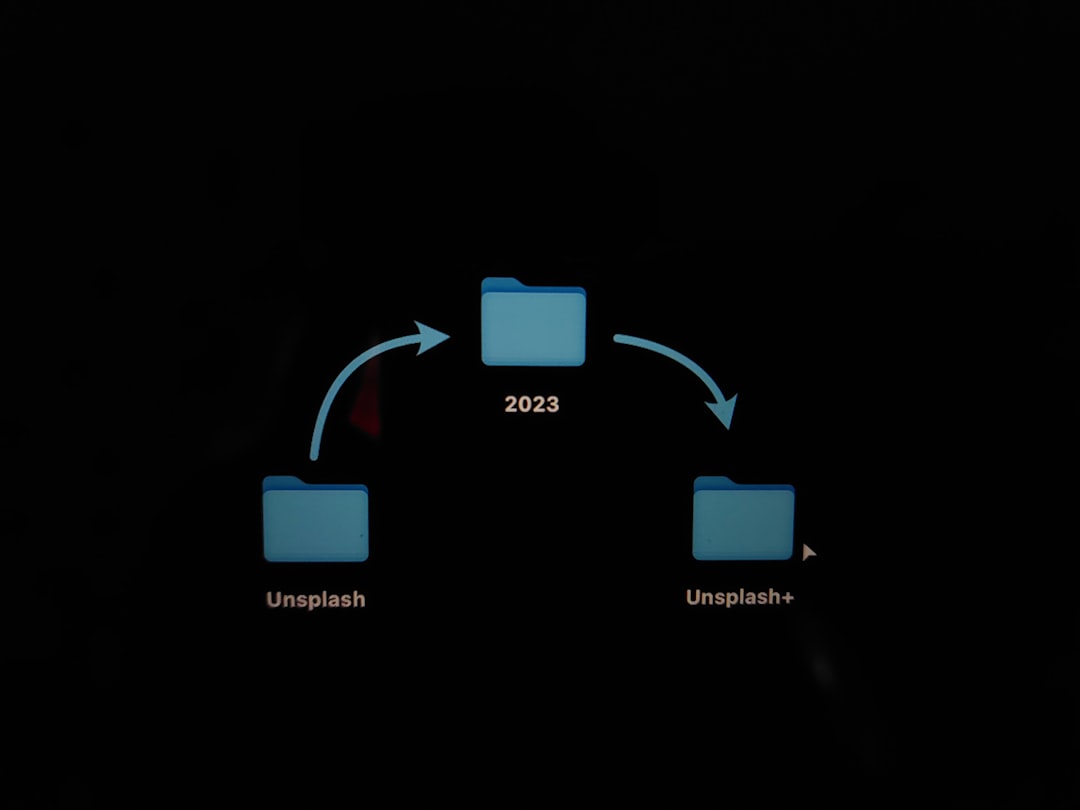
TimezoneAgnostic Namespace Management for Immutable Data Snapshots
In the ever-evolving landscape of DevOps, the management of immutable data snapshots has become critical. With the increasing adoption of cloud services and distributed systems, understanding how to implement TimezoneAgnostic Namespace Management is essential for ensuring data consistency and accessibility. This article delves into the nuances of TimezoneAgnostic Namespace Management, its importance in immutable data snapshots, and how to effectively apply it in your workflows.
Understanding Immutable Data Snapshots
Immutable data snapshots are essentially read-only copies of data at a specific point in time, often used for backup, recovery, or as a reference for analytics. They offer numerous advantages, including data integrity, ease of versioning, and reduced risk of data corruption. However, managing these snapshots across various time zones can present challenges, particularly with regard to data consistency and retrieval.
The Need for TimezoneAgnostic Namespace Management
TimezoneAgnostic Namespace Management refers to structuring your data namespaces in a way that is not affected by time zone differences. This is particularly important when dealing with distributed systems where data may be accessed from multiple geographical locations. By adopting a timezone-agnostic approach, teams can avoid confusion and ensure that data retrieval is straightforward, regardless of the user’s location.
Key Benefits
- Consistency: Avoids discrepancies caused by timezone differences.
- Simplicity: Streamlines data management and retrieval processes.
- Scalability: Facilitates easier scaling of systems across different regions.
- Collaboration: Enhances collaboration among teams working in various time zones.
Best Practices for Implementing TimezoneAgnostic Namespace Management
Here are some actionable strategies to implement effective TimezoneAgnostic Namespace Management for immutable data snapshots:
1. Use UTC for Data Storage
Storing all timestamps in Coordinated Universal Time (UTC) simplifies the retrieval process and prevents confusion caused by daylight saving changes or local time variations.
# Example of converting local time to UTC
date -u2. Structure Namespaces Logically
Design your namespaces to reflect the type of data or its purpose rather than using timestamps in the naming convention. For instance, instead of using a timestamp, opt for a descriptive name like user_data_snapshot or monthly_sales_report.
3. Implement Versioning
Incorporate versioning in your namespace to easily track changes. This approach allows you to maintain multiple snapshots without confusion, ensuring that the most relevant data can be retrieved quickly.
4. Documentation and Metadata
Maintain detailed documentation and metadata for each snapshot. This practice not only helps in tracking changes but also serves as a reference point for future analysis.
Emerging Trends and Case Studies
Recent developments in cloud computing and containerization have significantly impacted how data snapshots are managed. Companies like Netflix and Airbnb have adopted timezone-agnostic practices to handle their massive datasets more efficiently. By utilizing tools like Kubernetes and Docker, they can orchestrate data snapshots across different regions without worrying about time zone discrepancies.
Real-World Example
Consider a global e-commerce platform that needs to manage user data snapshots from various regions. By implementing TimezoneAgnostic Namespace Management, the platform can ensure that all user data is accessible without confusion, regardless of the time zone from which it is accessed. This leads to improved customer experience and operational efficiency.
Tools and Resources
To facilitate the implementation of TimezoneAgnostic Namespace Management, consider exploring the following tools:
- Kubernetes: For container orchestration and managing immutable snapshots.
- GitHub: For version control, enabling effective snapshot management.
- Terraform: For infrastructure as code, ensuring consistent deployments across regions.
For further reading, you can check out the following resources:
- Understanding Immutable Infrastructure
- Best Practices for Data Backup
- Managing Time Zones in Databases
Conclusion
TimezoneAgnostic Namespace Management for Immutable Data Snapshots is not just a technical necessity; it is a strategic approach that enhances data integrity and operational efficiency. By adopting best practices and leveraging the right tools, organizations can improve their data management processes significantly.
Consider exploring the suggested tools and resources to deepen your understanding of this topic. Share this article with your team or on your social platforms to encourage discussions around best practices in data management.


